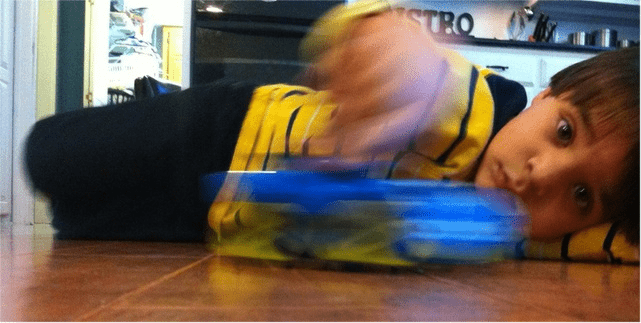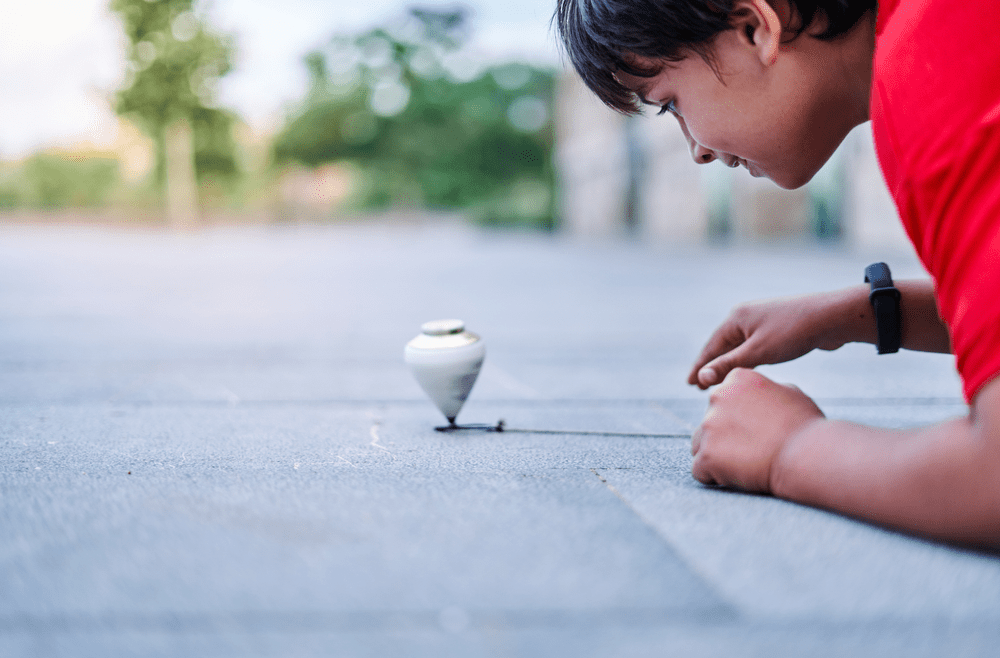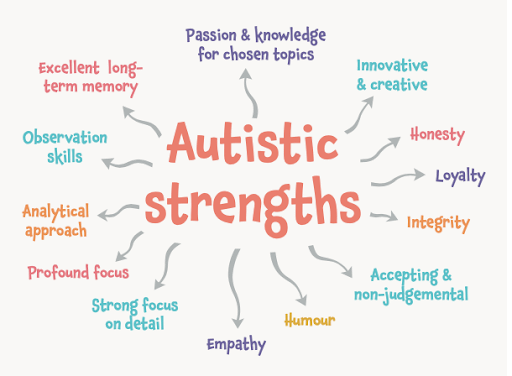
Imagine a sunny day in the park, where children play and laugh while leaves rustle in the wind. Among them is a little boy named Sam who pays no mind to anything else except spinning the wheels of his toy car. His eyes are fixed and a smile stretches across his face as he does so. His mother Emma watches this with curiosity mixed with worry what is it about this repetitive movement that attracts her son? This scenario is common among parents or guardians caring for someone with autism, as they often see an obsession with spinning objects.
Characteristics of this Problem
Spinning objects among individuals diagnosed with autism spectrum disorder (ASD) usually have visual appeal. Also referred to as visual stimming, such behavior may be associated with sensory and visual stimulation derived from rotatory items.
key Features:
Visual Stimulation: Still objects move in a predictable pattern over time which makes it visually attractive especially to individuals with autism who find comfort in repetition. They also serve to calm down restless people due to their mesmerizing effect.
Sensory-Seeking Behavior: Many children suffering from ASD engage in activities aimed at satisfying their sensory desires thus making them more aware of themselves and their environment. Rotating things can meet these needs since they offer specific types of sensations required by such kids for self-regulation.
Concentration and Serenity: An autistic child tends to become more focused when he/she spins an object around him/her because this action provides mental relaxation for them. Additionally, it serves as a useful strategy during challenging situations whereby one feels overwhelmed but needs something familiar enough to help restore balance within oneself.
Practical Solutions with Examples
Knowing why this happens is the first step to being able to effectively deal with it. Given below are some practical solutions mainly for occupational therapy:
Sensory-based Alternatives: Offering alternative activities that give the same sensory involvement can help redirect the child’s attention. For instance, visual sensory toys such as light-up toys or sensory bottles could be used to provide this stimulation.
Example: A DIY sensory bottle made out of water and glitter would imitate what spinning objects do visually hence offering a soothing option.
Structured Play with Spinning Toys: Instead of trying to stop this behavior, it may prove helpful to have structured play sessions involving these types of items. Setting specific durations for such times can assist in controlling when and where such behaviors occur.
Example: Reserving 15 minutes every day for playing with spin tops enables children to enjoy their favorite games without interrupting other duties.
Occupational Therapy Interventions: Occupational therapists (OT) can work with kids on creating personal plans called ‘sensory diets’ that involve various activities aimed at meeting their individual needs based on senses.
Example: Among other things, an OT might introduce using swings that give vestibular inputs akin to what one feels while spinning.

Activities and Support with Instances
Be it at school or home, engaging a child with autism in some activities can help address their fascination for spinning objects as well as provide the necessary sensory input they need.
A sensory-friendly environment: Creating a comfortable setting at home is vital for the child since this may lessen the need to spin
For example, one can set up a corner that is filled with soft lights, different types of toys that are meant to stimulate the senses like touch, smell etc.,a place where they can sit comfortably.
Interactive sensory play: Activities such as playing with kinetic sand or using bins filled with different textures provide tactile stimulation which helps keep them engaged for longer periods.
For instance, filling a bin with beans rice small toys among other things offers various sensations for touch.
Visual Sensory Activities: Instead of letting children watch objects whirl around continuously, like spinning tops, consider engaging them in activities that offer visual excitement, such as using lava lamps or bubble tubes. These alternatives can provide a calming visual experience for autistic children who enjoy spinning objects, reducing the risk of overstimulation.
For instance, having bubble tubes positioned strategically within his room will give him soothing visual input similar to what he gets when items revolve around themselves endlessly.

Case Study: Alex’s Journey with Rotating Things
A five-year-old autistic boy named Alex had a fixation on things that spin. For example, he would turn the wheels of his toy cars for hours, as well as lids and spoons from around the house. His parents, Sarah and John, thought this might interfere too much with his daily life, so they went to an occupational therapist.
The specialist evaluated him thoroughly and designed a sensory diet that included:
Scheduled Spinning Time: Allow Alex to play with spinning tops for fifteen minutes twice per day.
Alternative Sensory Activities: Using sensory bottles or lava lamps to give visual stimulation.
Sensory-Friendly Environment: Setting up a quiet corner with soft lighting where there are also toys for tactile feedback.
Gradually over time, other forms of sensory activity began to attract more of Alex’s attention and this was when he started reducing how much he relied on rotating objects. The structured approach enabled him to deal with his need for stimuli while participating in everyday life events and socializing more often.
Wrapping UP!
It is not easy to understand or manage an autistic child’s obsession with rotating items but it can be done if you have proper strategies in place alongside support systems. Parents/caregivers should try out different solutions, and create sensory-friendly environments around their kids by embracing alternative sensory activities that help them to achieve balance and thrive in such situations besides seeking services from occupational therapists who may assist greatly while dealing with these cases.
Remember that every kid is special. What might work for one may not necessarily work for another thus requiring lots of patience coupled with empathy plus readiness to explore various options. Always celebrate uniqueness in children because together as a team, we shall conquer all challenges related to spinning objects awareness thereby boosting confidence levels among our young ones.












No comments yet. Be the first!